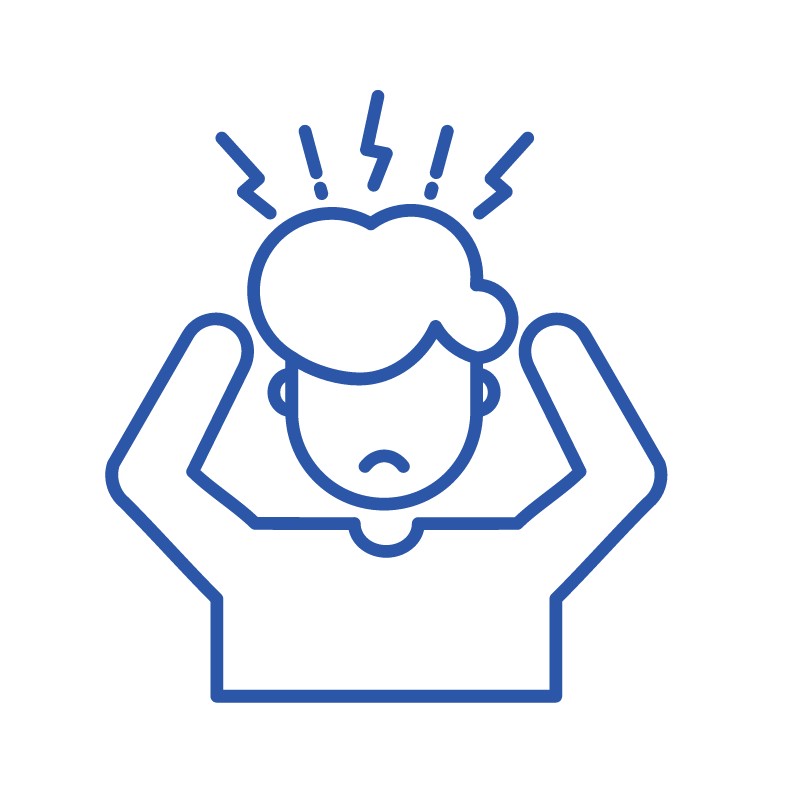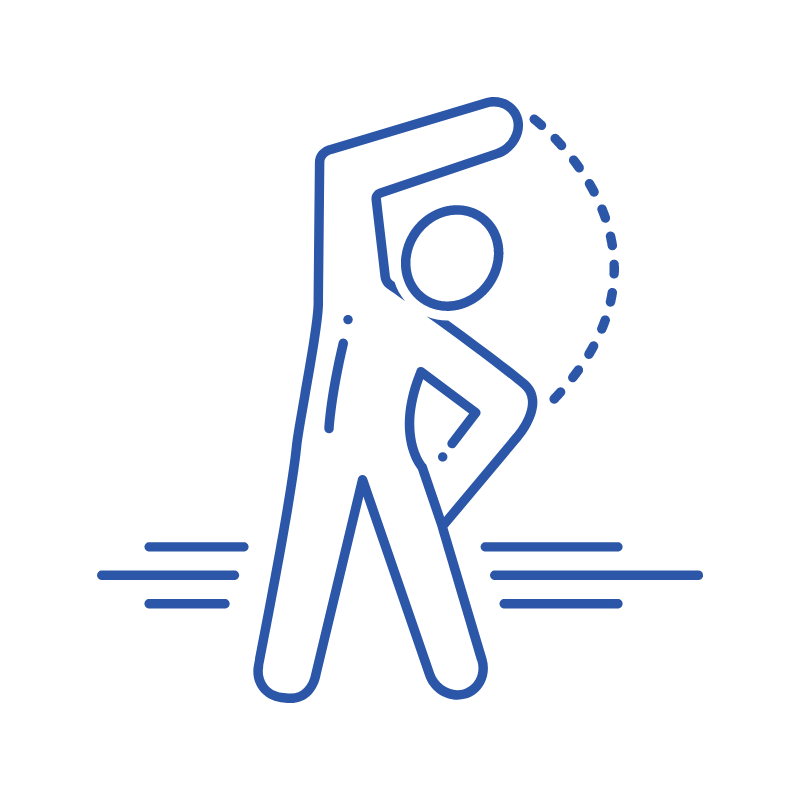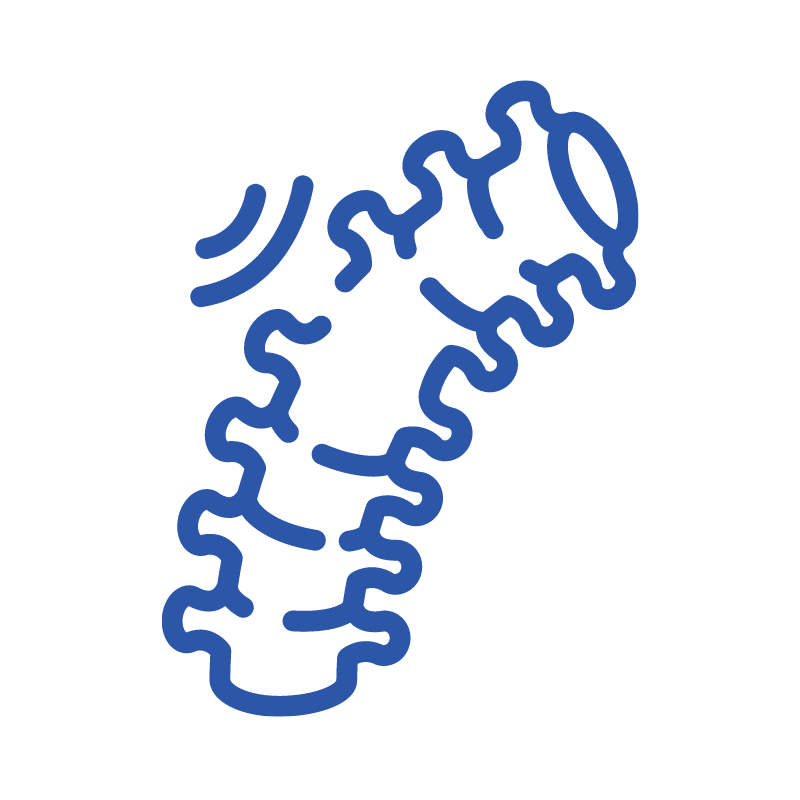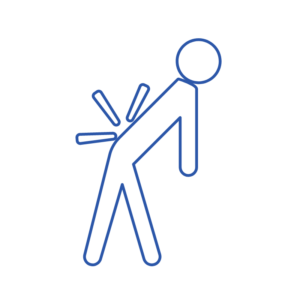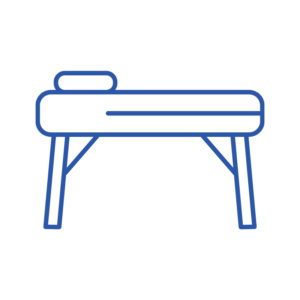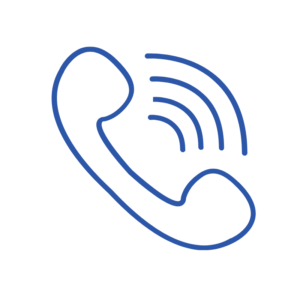What is facet joint pain?
Facet joints are responsible for neck and back movement and are found along the spinal column. There are three main locations of facet joints:
Constant and repetitive movements can wear down the cartilage between lumbar facet joints and restrict movement, with pain stemming from this called facet joint syndrome. This joint pain can cause soreness and stiffness, increasing with prolonged periods of sitting, standing or strenuous activity.
Usually, cervical and thoracic facet joint pain is caused by traumatic injury to the neck or back. Cervical facet injury examples include whiplash injuries or falls. Thoracic facet injuries commonly stem from pushing, pulling or lifting heavy loads where the force strains the back. Sudden impact or over-extension of the lower back joints can result in Lumbar facet joint pain, which could later develop into chronic lower back pain.
Facet joint pain can be localised to the specific joint location, and can also be felt in the hips, legs, buttocks and groin.


